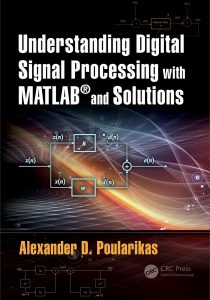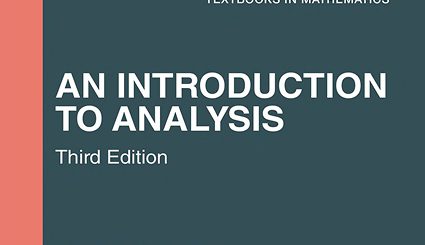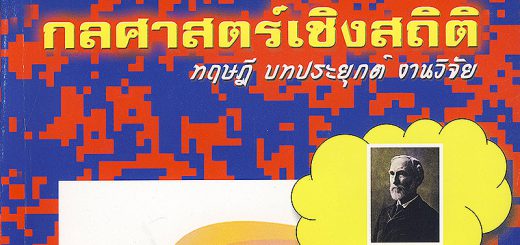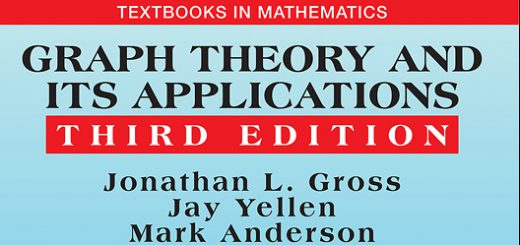Understanding digital signal processing with MATLAB and solutions
 AUTHOR : Poularikas, Alexander D., 1933-
AUTHOR : Poularikas, Alexander D., 1933-
CALL NO : TK5102.9 P874u 2018
IMPRINT : Boca Raton, Fla. : CRC Press, c2018
The book discusses receiving signals that most electrical engineers detect and study. The vast majority of signals could never be detected due to random additive signals, known as noise, that distorts them or completely overshadows them. Such examples include an audio signal of the pilot communicating with the ground over the engine noise or a bioengineer listening for a fetus’ heartbeat over the mother’s. The text presents the methods for extracting the desired signals from the noise. Each new development includes examples and exercises that use MATLAB to provide the answer in graphic forms for the reader’s comprehension and understanding.
Features
- Presents an appendix on MATLAB and includes functions developed in the book and those from the software that enables the reader to use MATLAB, even if the reader has no experience in writing programs.
- All the MATLAB functions and programs developed in the book are included both in the text and online for the reader to access and download.
- Includes a large number of examples and drawings explaining every aspect of the subject and elucidating its special parts.
- Although written primarily for the practicing engineer, the text can be used by non-engineers and university students to better understand and use this important area of random digital signal processing.
- Begins with fundamental ideas on probability, random signals, and random vectors and then builds up to more advanced topics, such as non-linear signal



